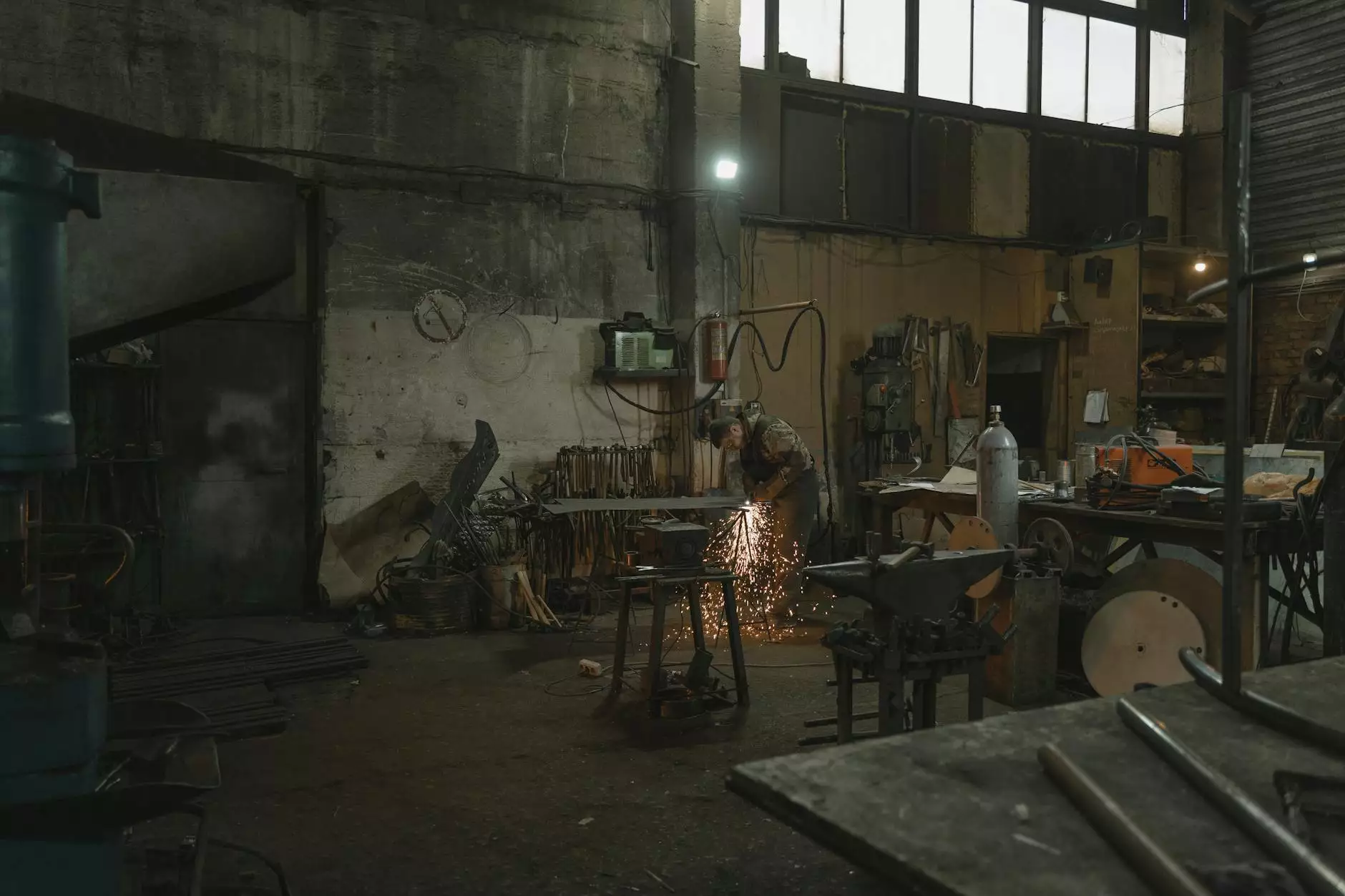Understanding the Difference Between NPT and BSPT Threads

In the world of piping and plumbing, understanding the various thread specifications is crucial for ensuring proper compatibility and functionality of connections. Two of the most commonly used thread types are NPT (National Pipe Tapered) and BSPT (British Standard Pipe Tapered). This article aims to provide a comprehensive understanding of the difference between NPT and BSPT threads, their applications, and how to effectively choose the right fittings for your needs.
What are NPT and BSPT Threads?
Both NPT and BSPT are standards used to create strong, leak-proof joints in piping systems, but they have distinct characteristics and applications.
NPT Threads
NPT threads are recognized primarily in the United States. They are characterized by a tapered design that allows for a tighter seal as the threads are tightened. Here are some key features:
- Standardization: NPT is standardized by ANSI (American National Standards Institute).
- Tapered Design: The taper of NPT threads is 1 inch per 16 inches, which creates a tighter seal as the fittings are joined.
- Sealants Required: Often, pipe thread sealant or tape is needed to ensure a proper seal and prevent leaks.
- Usage: Commonly used in plumbing systems, pneumatic fittings, and hydraulic applications.
BSPT Threads
BSPT threads are predominantly used in the UK and many Commonwealth countries. Understanding their characteristics is essential for projects involving international standards:
- Standardization: BSPT is standardized by the British Standards Institution.
- Tapered Design: Like NPT, BSPT threads are also tapered, but the taper is 1 inch per 24 inches.
- Sealants Required: Similar to NPT, BSPT threads typically require thread sealant for leak-proof connections.
- Usage: Widely used in various applications including water supply, gas, and oil pipelines.
Key Differences Between NPT and BSPT Threads
Understanding the differences between these two types of threads is vital for ensuring compatibility and avoiding costly mistakes in your projects. Below are the primary differences:
1. Thread Angle
The thread angle for NPT threads is 60 degrees, while BSPT threads have a thread angle of 55 degrees. This difference in angle affects how the threads mate and seal when tightened.
2. Taper Rate
As mentioned earlier, the taper rate of NPT is 1 inch in 16 inches, whereas BSPT has a taper of 1 inch in 24 inches. This means NPT threads have a faster taper, allowing them to seal tighter than BSPT threads in a shorter length of engagement.
3. Fit and Compatibility
NPT and BSPT threads are not interchangeable. Attempting to use NPT fittings with BSPT threads (or vice versa) can lead to poor sealing and result in leaks. For example, an NPT fitting will not provide a proper fit in a BSPT female thread due to the differences in dimensions and thread geometry.
4. Measurement Standards
NPT is primarily based on Imperial measurements, whereas BSPT follows a combination of metric and Imperial standards. NPT fittings are often referred to in inches, while BSPT threads may be specified in millimeters, further complicating compatibility.
Choosing the Right Thread for Your Project
Selecting the appropriate thread type for your project is crucial to ensure functionality and safety. Consider the following factors:
1. Application
Determine the application of your piping system. For example, if you are working on a project in the United States or with US-made equipment, NPT is likely the best choice. Conversely, if you are operating in the UK or using equipment made to British standards, BSPT should be used.
2. Environment
Consider the environment in which your pipes will operate. Different materials and thread types perform better under varying conditions. For example, if the system will be exposed to high pressures or corrosive substances, consult with industry experts to choose appropriately.
3. Threaded Pipe Fittings
When selecting threaded pipe fittings, ensure you are choosing components that match either NPT or BSPT specifications. Using a combination of the two can lead to significant issues, including leaks and catastrophic failures.
Applications of NPT and BSPT Threads in Business
The application of both NPT and BSPT threads spans various industries, including:
1. Oil and Gas Industry
Both NPT and BSPT fittings are extensively used in the oil and gas industry due to their capabilities in handling high-pressure environments. Choosing the correct fitting is essential to maintain safety and functionality in drilling and transport operations.
2. Manufacturing and Industrial Applications
In manufacturing, NPT fittings are commonly found in hydraulic machinery and pneumatic systems, while BSPT fittings are prevalent in applications that follow British standards. Proper fitting selection impacts machinery efficiency and safety.
3. Plumbing and Water Distribution
In plumbing, NPT fittings dominate in the United States, making them essential for residential and commercial plumbing systems. BSPT fittings, on the other hand, are frequently implemented in systems following British regulations.
Conclusion
Understanding the difference between NPT and BSPT threads is vital for any business that deals with piping, fittings, and valves. By recognizing their unique characteristics and applications, businesses can make informed decisions that enhance the reliability and safety of their systems.
At Techtubes.in, we specialize in a wide range of fittings including Tube Fittings, Ferrule Fittings, Forged Pipe Fittings, Threaded Pipe Fittings, Flanges, and various types of valves such as Check Valves, Ball Valves, and Needle Valves. For more information or to inquire about our products, please visit our website or contact our expert team today.









